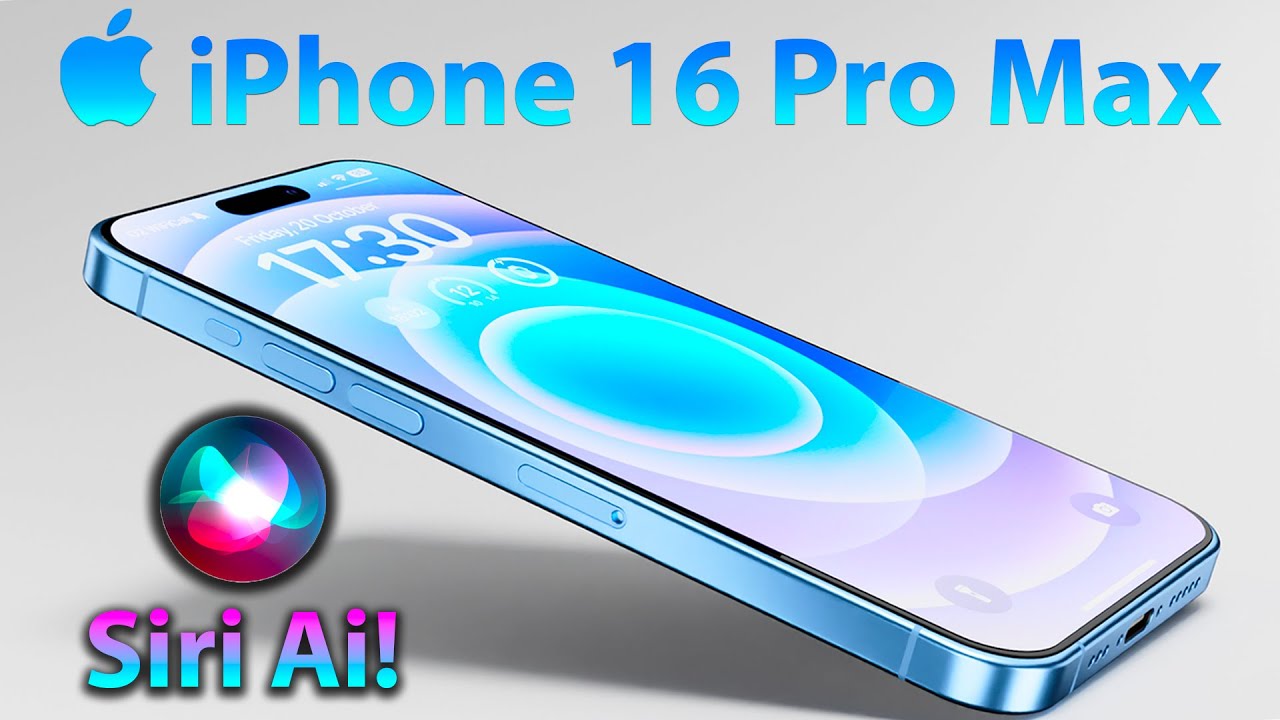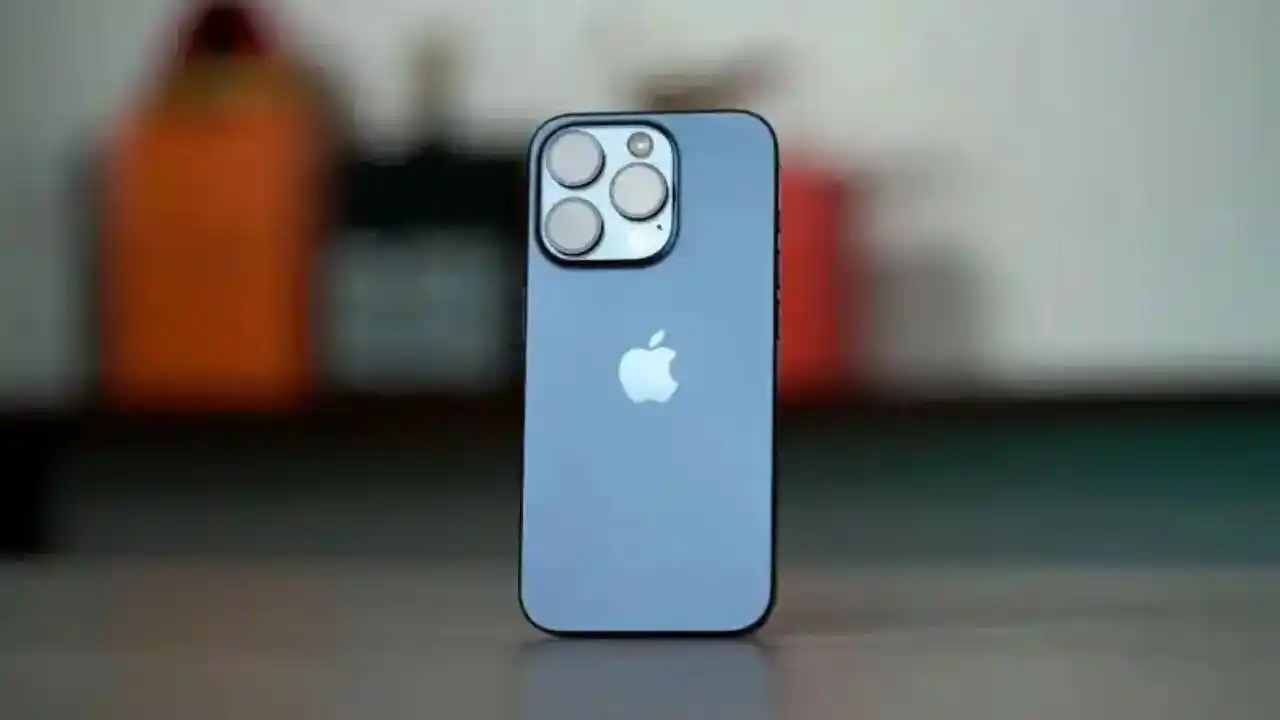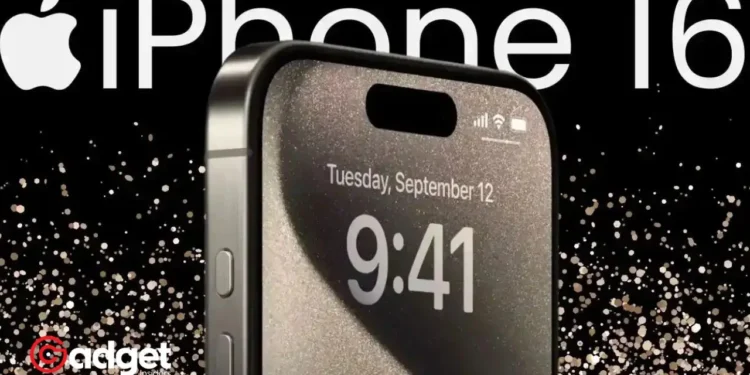In the ever-evolving world of smartphones, Apple stands on the verge of introducing an innovative leap forward with the anticipated launch of the Apple iPhone 16. This new addition to the iPhone family is rumored to not only arrive with the latest iOS 18 but also bring cutting-edge generative AI features powered by an upgraded Neural Engine in the A18 chipset.
Let’s delve into what this means for the future of iPhones and how Apple’s new technology could reshape our digital interactions.

A Glimpse into the Future: The A18 Chip’s Role in Generative AI
The heart of the Apple iPhone 16’s innovative capabilities lies within its silicon—the A18 chip. According to a recent report by the Taiwanese outlet Economic Daily News, as cited by MacRumors, Apple plans to significantly enhance the Neural Processing Unit (NPU) or Neural Engine in its upcoming chipset.
This enhancement involves increasing the number of computing cores, thereby enabling the device to handle more complex tasks, perform on-device AI computing, and run generative AI applications seamlessly.
This move by Apple to upgrade its chipset is in response to the growing demand for generative AI capabilities in smartphones. Competitors like Samsung and Google have already integrated such features into their devices, making it essential for Apple to keep up.
The iPhone 15 Pro, with its A17 Pro chipset, made strides in processing speed, boasting a CPU and GPU twice as fast as its predecessor. However, it lacked support for certain AI-driven features. The A18 chip, therefore, is not just an incremental upgrade; it’s a significant leap towards a smarter, more capable iPhone.
*AI-Powered iOS 18 Could Be the Biggest Update in Apple's History*
Apple plans to release the iPhone 16 with advanced Generative AI features this year. This move follows Google and Samsung, who integrated AI tools in their latest Pixel 8 and Galaxy S24 series.#Tech #Techvida pic.twitter.com/Ftg7Ri5abQ
— Techvida (@Techvida_ng) February 1, 2024
Exclusive Features and the Future of AI on Apple iPhone 16
One of the intriguing aspects of the Apple iPhone 16’s AI capabilities is the potential exclusivity of some generative AI features. Insider sources suggest that while the new A18 chip will enable advanced AI functionalities, some of these may be reserved solely for the Apple iPhone 16.
This raises questions about the balance between offering cutting-edge technology and maintaining inclusivity across older devices.
Moreover, the A18 chip’s enhanced AI capabilities are rumored to be manufactured using a more efficient fabrication process. This suggests not only improved performance but also greater energy efficiency, which could be a significant selling point for consumers.
Beyond the iPhone, Apple is also expected to upgrade the Neural Engine in its M4 chip, which powers the iPad Pro, Macs, and MacBook laptops. This indicates Apple’s broader vision for generative AI across its ecosystem, offering a glimpse into a future where Apple devices work seamlessly together, powered by intelligent, AI-driven interactions.

The Implications of Generative AI in Everyday Use
The integration of generative AI into the Apple iPhone 16 opens up a realm of possibilities for users. From enhanced photography and video capabilities to more intuitive and responsive Siri interactions, the implications are vast. However, with great power comes great responsibility.
As Apple ventures further into AI, questions about privacy, security, and ethical AI use become increasingly pertinent.
Final Thoughts: A Reason to Upgrade?
With the Apple iPhone 16 and its A18 chipset on the horizon, Apple fans and tech enthusiasts alike are left pondering whether the promise of generative AI is enough reason to upgrade. As we await the official release, the anticipation builds for a device that could redefine our relationship with technology.
Whether the Apple iPhone 16 will indeed fulfill these high expectations remains to be seen, but one thing is clear: the future of smartphones is on the brink of another revolutionary change, and Apple is leading the charge.










